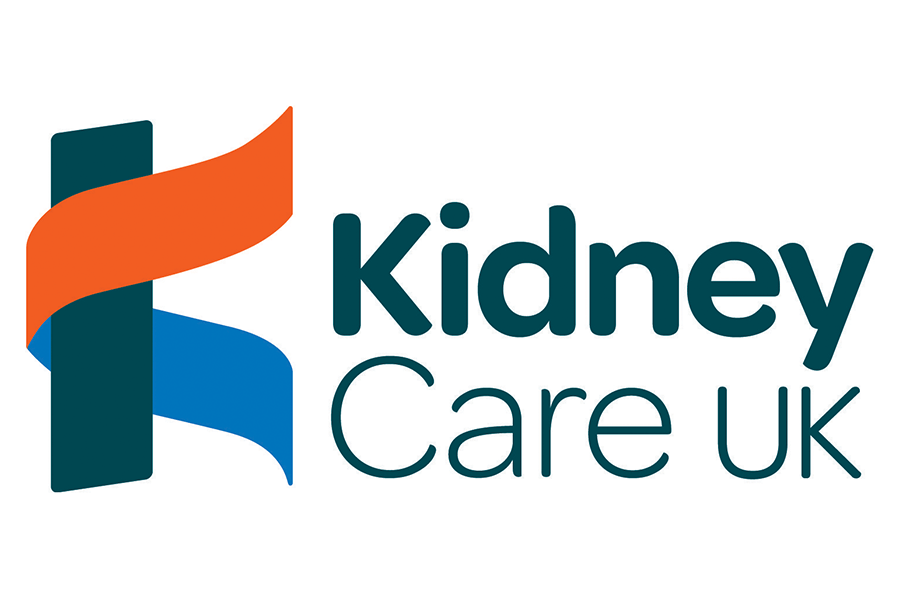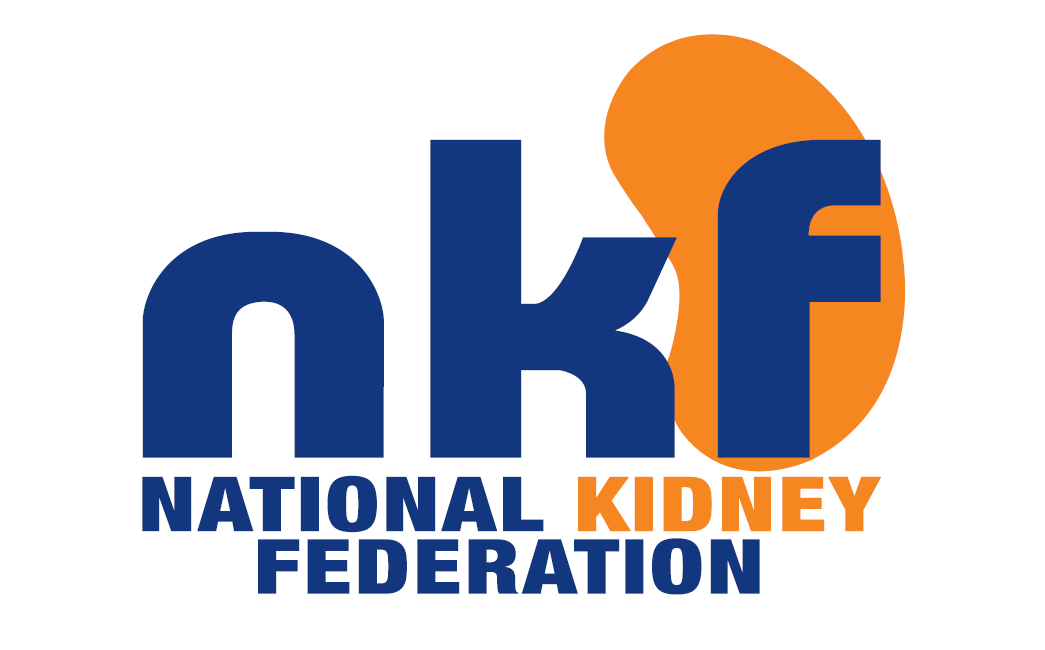I want to help people to take control, not let dialysis be done to them, and start to feel better...
Steve, home haemodialysis patient
Learning the hard way
My kidney journey begins about 20 years ago, when I had a biopsy to confirm my suspected diagnosis of IgA nephropathy. It was the day before the twin towers were hit, I remember coming back from hospital the day after, and not knowing whether I was watching a disaster movie or reality I was so out of it. That date is firmly rooted in my mind.
From then on, I was on a ‘wait and watch’ programme for years – I would go to a kidney clinic every six months for tests and check-ups, but I felt fine.
Then my dad got ill with cancer and I missed a kidney appointment. This meant I had to go back to my GP and get re-referred. Because of what was happening with my dad, and because I was feeling fine, I didn’t do this. I didn’t think it was important. I then lost my dad and wasn’t in the mental space to look after myself at all. Unfortunately, this was the crucial period when I really needed to be seen by my kidney team as my kidney function had started to decline rapidly.
I hadn’t seen the kidney team for two years, but I got to the stage where I couldn’t cope - I was feeling really terrible. I went back to my doctor in early 2017, they carried out some tests and found my kidney function was through the floor. I ended up being admitted to hospital and needed to start dialysis really quickly.
Finding a treatment that was right for me
I went into hospital and was given education about my treatment options. At the time I was massively scared of needles, so I opted for peritoneal dialysis (PD). At that point I was just approaching 50, and felt too young to be spending the rest of my life in hospital. Other than my kidney function I was fairly well. The best option for me was to get home, and to get home without needles.
I received PD for 12 months, however it was clear that it wasn’t making me feel well and I wasn’t getting the clearance that I needed. The kidney team were pushing me to move to haemodialysis (HD) for six of these 12 months, but I was just so scared of the needles.
I did concede that if it wasn’t going to work out, I needed to be ready, so I had my fistula formed around 8-9 months into my treatment just in case. The thought of having a neck line put in filled me with even more dread.
My shared care experience
Eventually, on 26th March 2018 I had my first session of in-centre haemodialysis. At that stage I knew I was going to go home, I just had to go in centre as I didn’t have any of the equipment at home yet, and I needed to get used to the needling, setting up the machine etc – I went in-centre always knowing that I wanted to be back at home.
At my unit they have four dialysis bays, and a separate shared care bay. Patients here were doing more or less of their own treatment. The patient and nursing staff shared the treatment between them - it was the ideal place for training. The staff were used to helping patients develop their own skills. There was a patient there who had been on home haemodialysis previously but could no longer manage at home, although he was perfectly able to manage his machine by himself. He had a great deal of experience, and in the down time it was useful to chat to him and other patients. If you are in an environment where everyone has control more or less of their own treatment, the inspiration is there for you to take more control. If you come into an environment where everyone is lying back and having the treatment ‘done’ to them, you’re influenced to do the same. This was really important and I was really pleased to be on that shared care bay.
For me, there really needs to be a shift in focus. I think there should be an expectation that patients are going to go home unless there is a reason they can’t. That’s where they are going to get the best treatment. Not all units are set up in a way that encourages and promotes people to get home.
Getting passed the ‘needle barrier’
It took me several months to deal with needles. On the first day I couldn’t even watch them unwrap the packet. I genuinely couldn’t deal with the thought that the needling was coming, but I knew it was the only hurdle I had to going home. I knew I wouldn’t have a problem with the machine, keeping myself clean, following a routine or anything else. The problem for me was getting my needles in.
I tried really hard to just look at what they were doing just a little bit longer each time. Over a period of months, I was able to look at the needle up to the point where it was just about to be stuck in my skin. In June of that year, the nurse that was cannulating me was too quick for me, and the needle was in before I was able to look away. After that, I knew I was nearly there. If I had watched it go all the way in, there was no reason why I couldn’t do it myself.
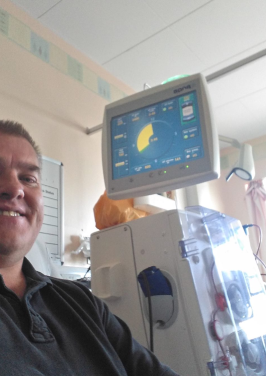
My first day of self-cannulation (the weak smile came after the tears had stopped)
We started doing a bit of handling of needles, and on 11th July 2018, I put my own needle in for the very first time. It was so overwhelming for me that I burst into tears. I’m 6 feet tall and 20 stone and I was blubbing like a baby. It was all the stress and emotion that this is me for the rest of my life. I had so much mental anguish going on – I have written a separate blog about my journey to self-cannulation that you can read here.
Home haemodialysis
Once I had started to cannulate, I had the green light from the team to get my house kitted out. I needed plumbing and electrical works before I could get home, and the machine needed ordering. On 26th November 2018 I started my first day of home haemodialysis. For the first couple of weeks when I got home, the nurse stayed with me to make sure I knew exactly what I was doing. I don’t have a care partner as my wife works full time, so I had to know how to do all of it. My wife didn’t want my life in her hands when she came home after a 12 hour day at work - the only way I was going home was if I could do it on my own.
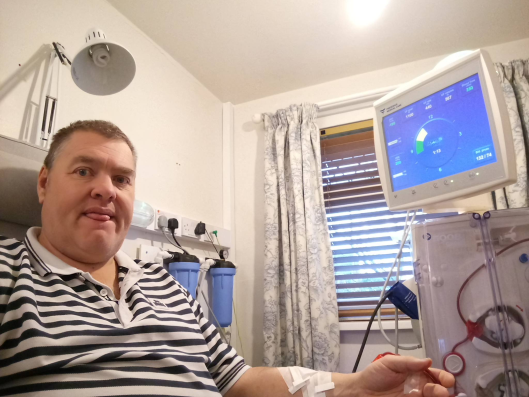
My first day of solo home haemodialysis
Getting home is the best thing I have ever done for my dialysis – it has made me feel so much better. Loads of the nurses in the unit were saying I couldn’t do it on my own and it wasn’t safe, but the home therapies team were all happy for me to carry out the solo treatment. They had confidence in me. I have been doing solo home haemodialysis ever since and don’t believe anyone can give me as good a care as I can. It is transformative.
Moving to nocturnal haemodialysis and the COVID-19 pandemic
I couldn’t realistically get a bed into my treatment room, so I didn’t try nocturnal treatment in the beginning, however earlier this year we moved to a new house. We got the keys on Valentines day, my daughter bought our old house and we moved out into a bungalow. This had a spare bedroom that was big enough to get all my equipment in, and already had a tap and a sink – it was screaming out to be my treatment room.
We moved in March, but I wasn’t initially able to move all my equipment into the new house because of the lockdown, so although I was meant to be shielding I was having to go to my daughters house six days a week for my treatment. She is a nurse, and within a fortnight she had contracted COVID. I was faced with this awful dilemma – I needed treatment, either at my daughters, where they had come down with COVID, or in hospital – where there was COVID on the unit. After talking in through with my nurse, we agreed that I was going to be safer carrying out treatment at my daughters.
We put together a safe working practice, working out where my risks and contact points were. I put gloves on before entering the house, cleaned the bathroom, door handles and then took off the gloves and began my treatment routine as normal. My daughter never went into my treatment room. It added about 45 minutes to my day, but I was confident that I could manage my risk better if I was in control of it.
I did this for about six weeks before we were able to set up in our bungalow. Once I started doing my treatment in our own home, I realised that if I pulled the sofa-bed out, I would be perfectly capable of doing some nocturnal treatment. I asked for some additional training for nocturnal dialysis and my team agreed. I started nocturnal dialysis on 26th August of this year.
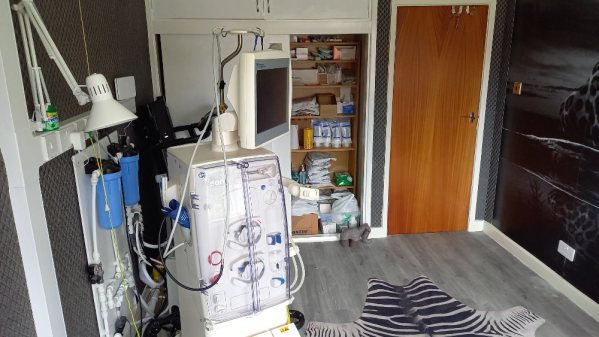
Dialysis set up in new house - built in storage seemed perfect for my dialysis supplies.
I am now on an alternate day treatment plan doing 8.5 hours of treatment, 3 nights one week, 4 nights the next. I am getting almost 3 times as much treatment as I would in-centre, and I feel so much better. All of my results are better than they were. The effect of that is that I have got more energy, more enthusiasm, and I can feel my brain working better. The blood results and science is important, but it’s not as important to me as how I feel - that’s why I am doing it. It’s like night and day.
I have started doing DIY, decorating, I am looking at going back to work – none of that was possible before. It’s been quite a ride, but I genuinely feel so much better. That’s why I want to share this story with other patients who are just ‘settling’.
I want to help people to take control, not let dialysis be done to them, and start to feel better. If you take a bit more responsibility, you feel better as a result.
Creatinine chart over the 3 years of my dialysis - getting home and then switching to nocturnal have a visible impact - matched by an improvement in the way I feel.

